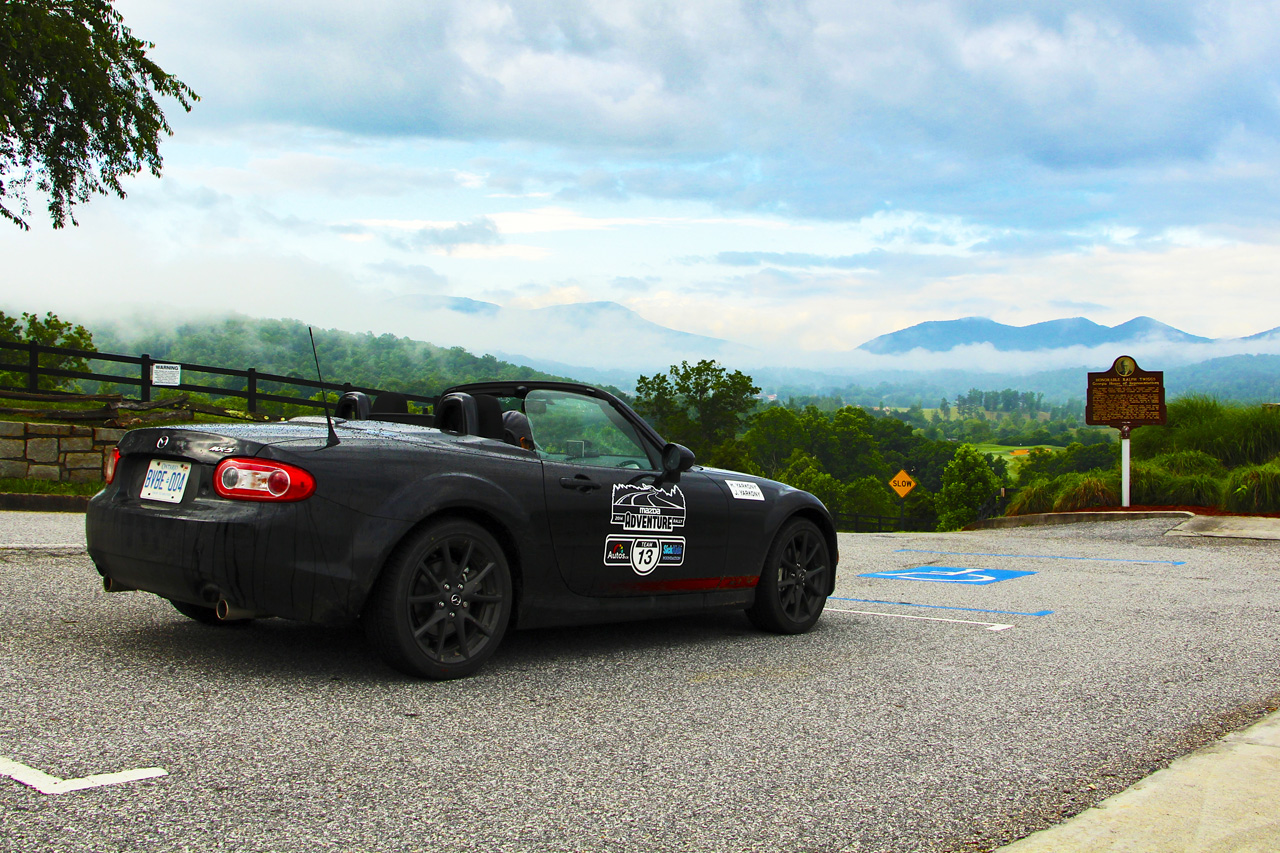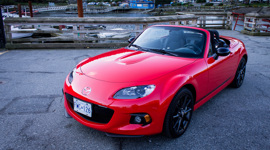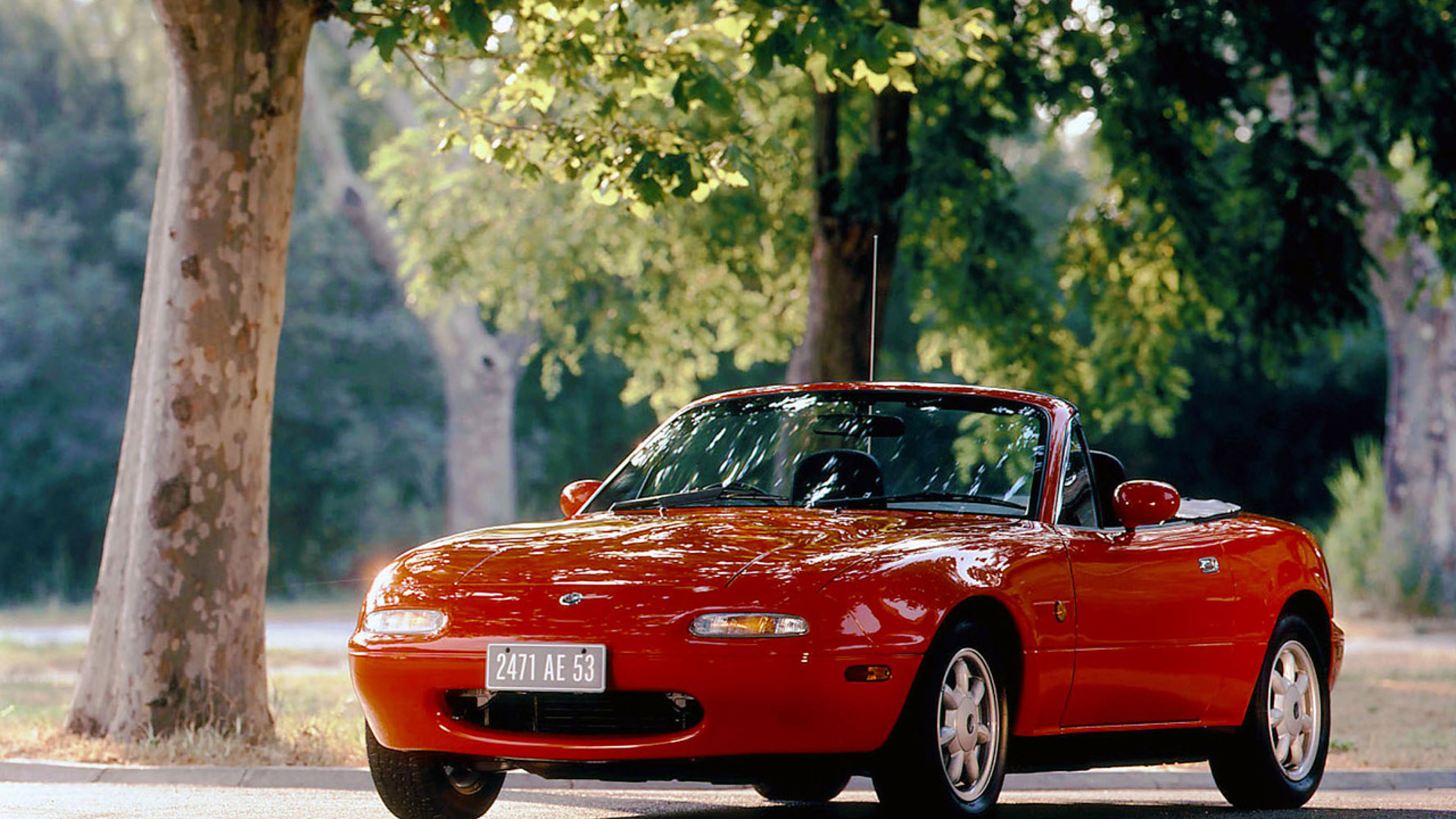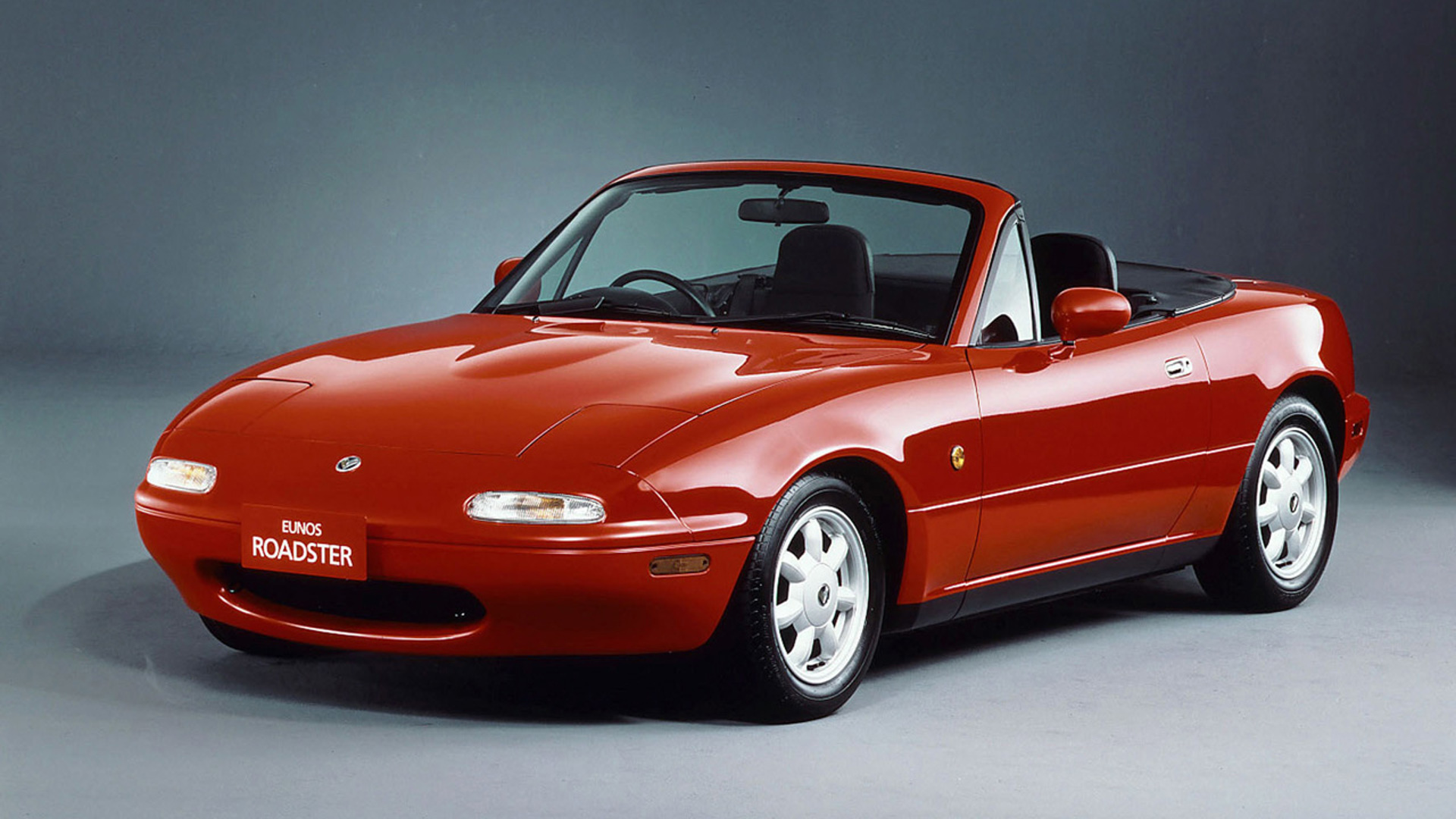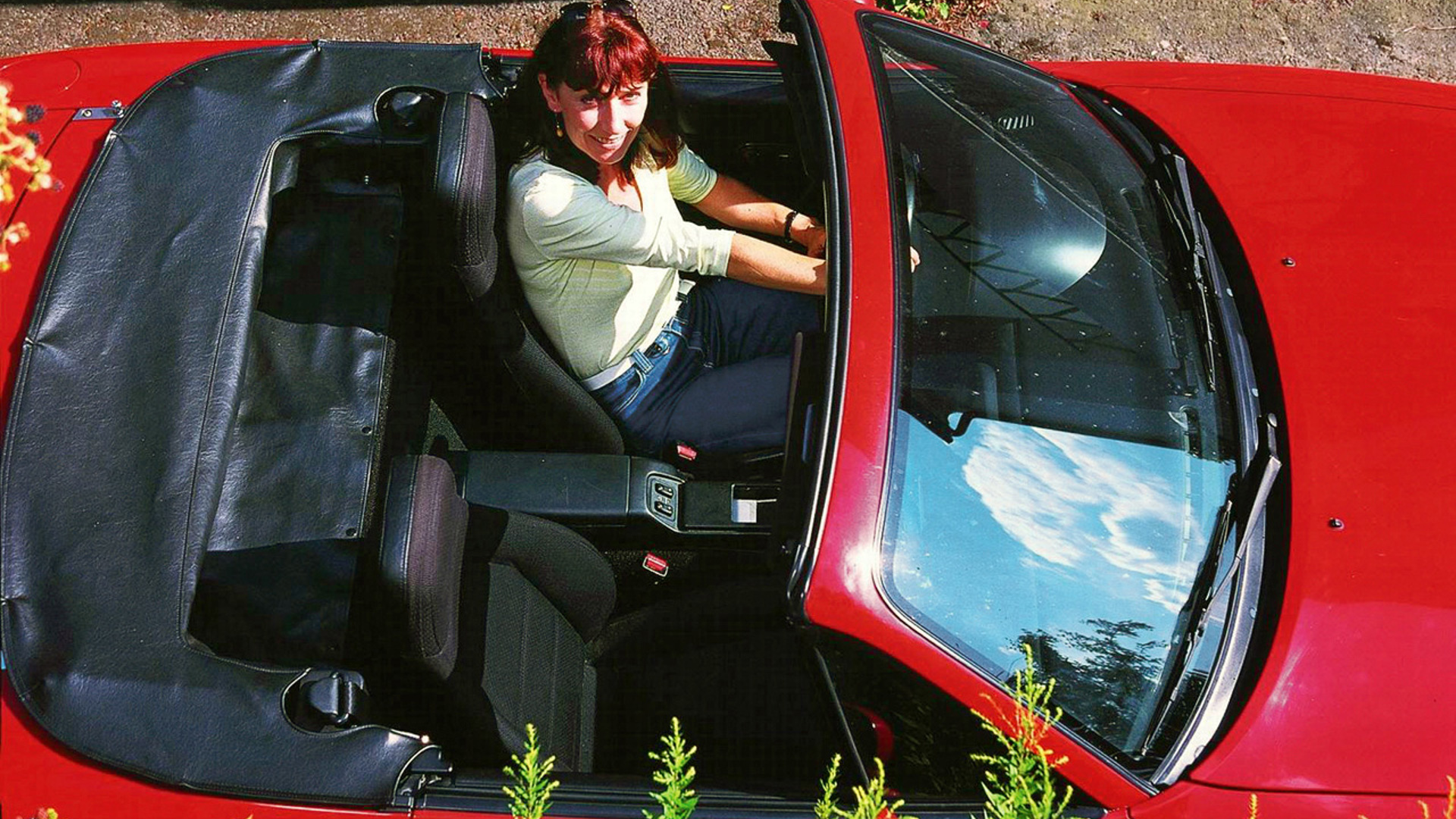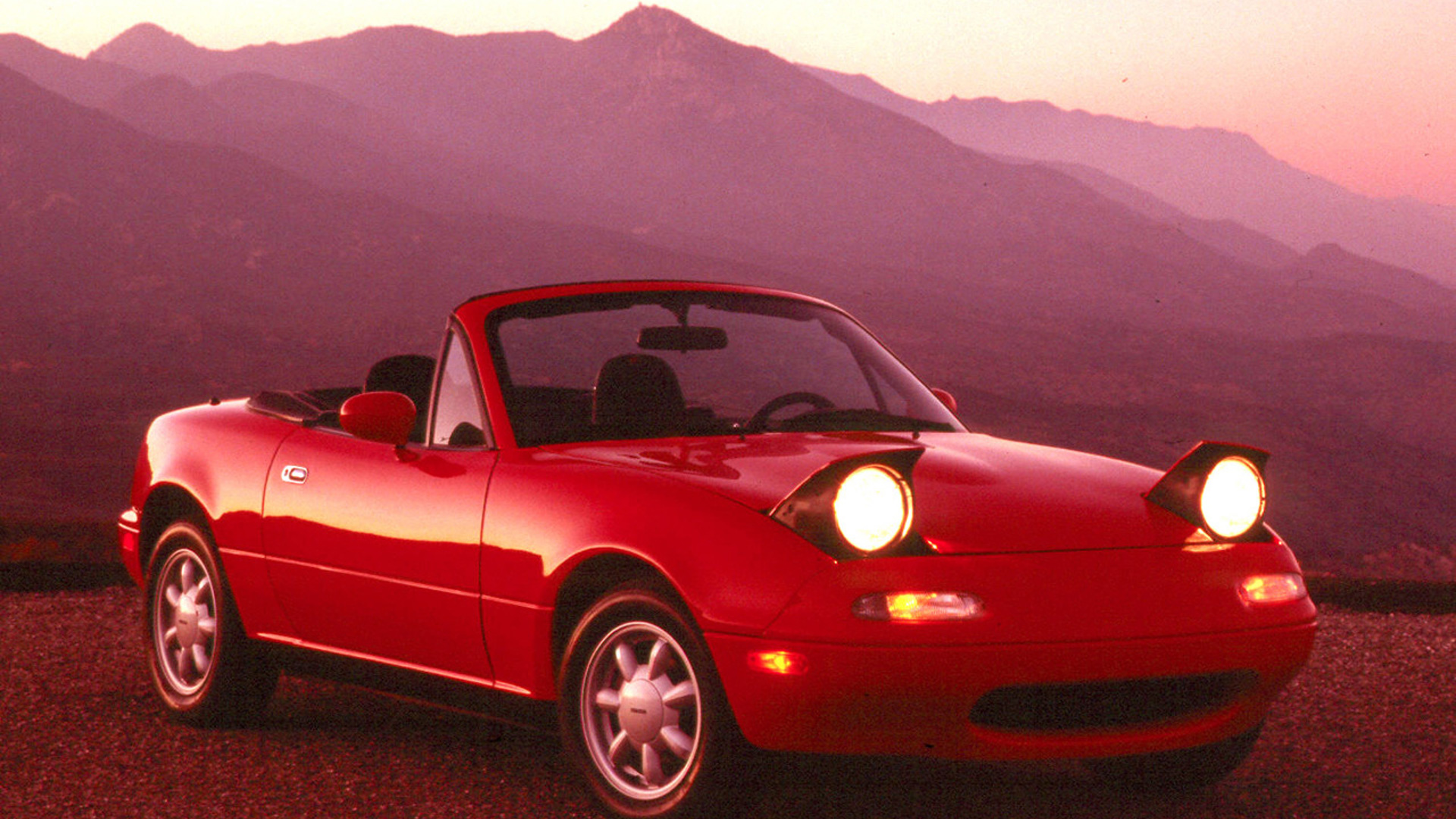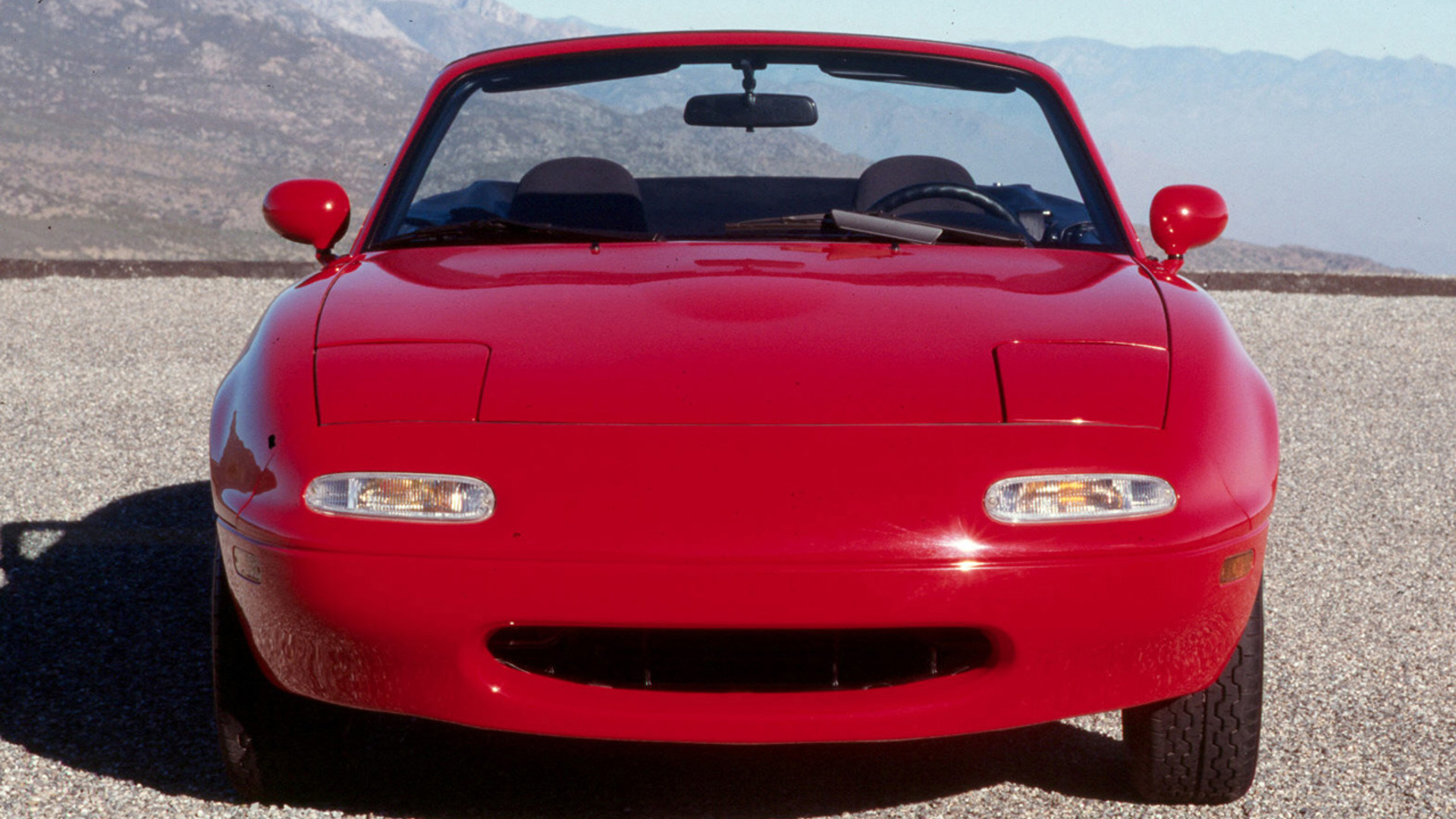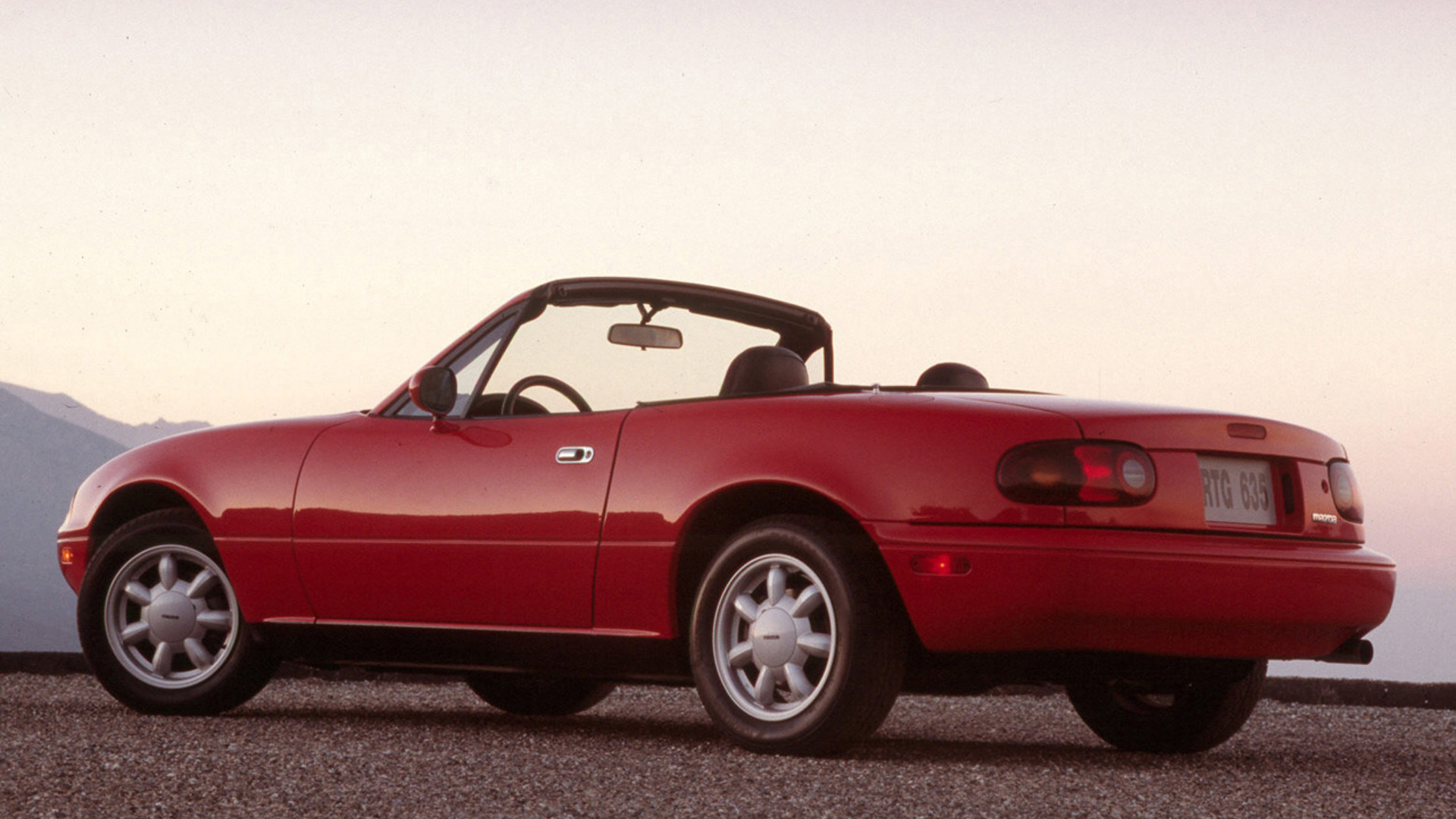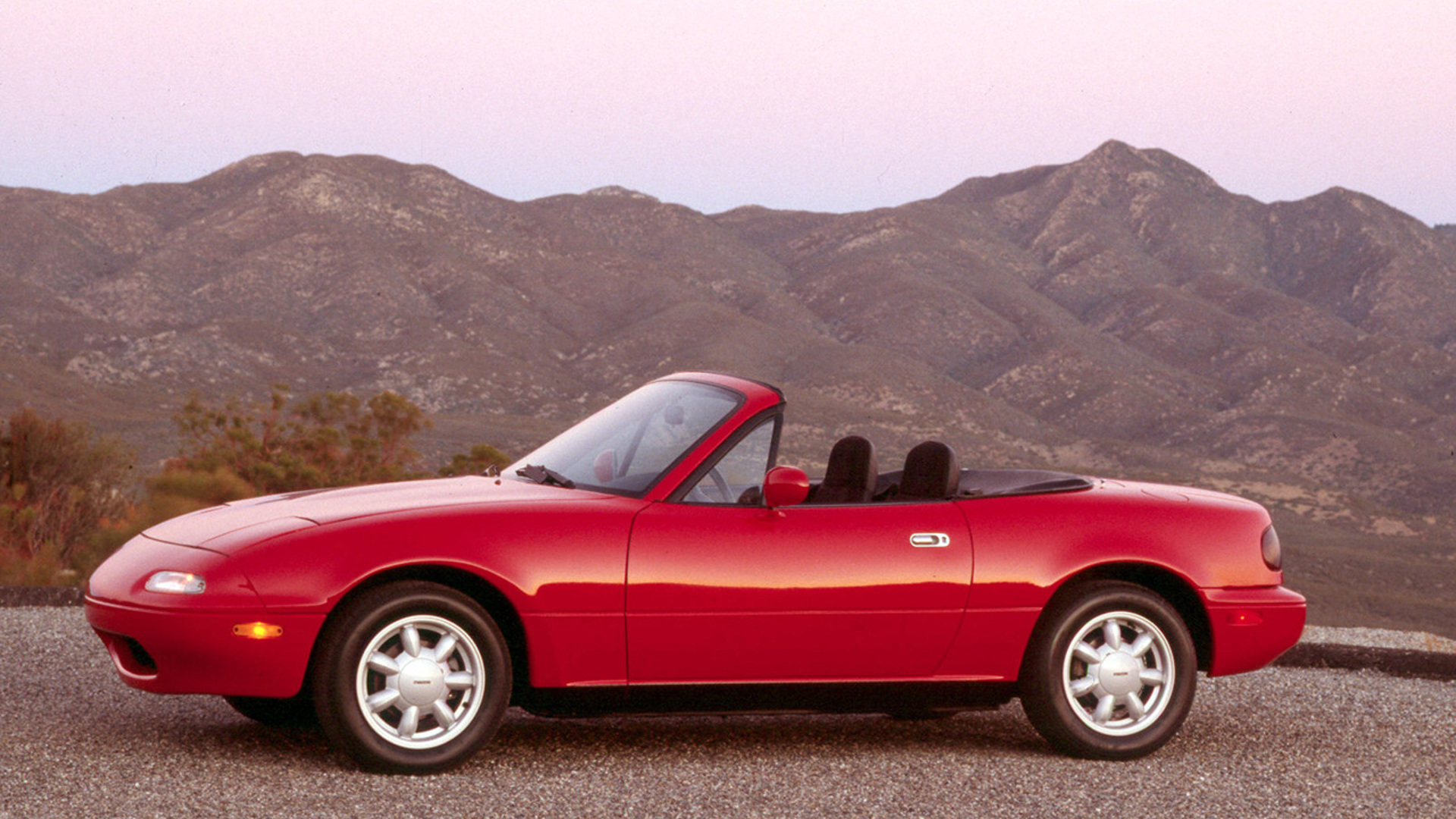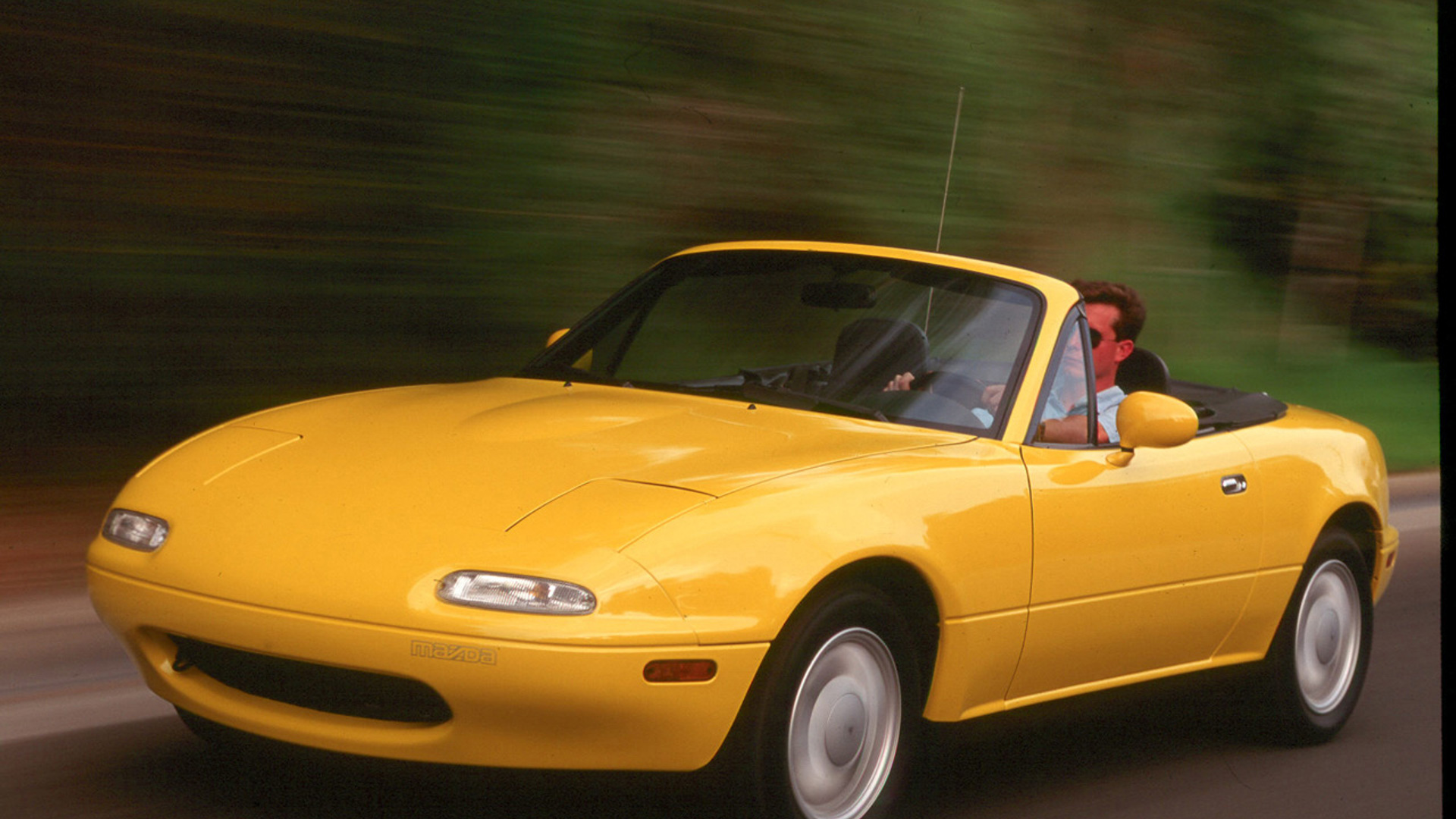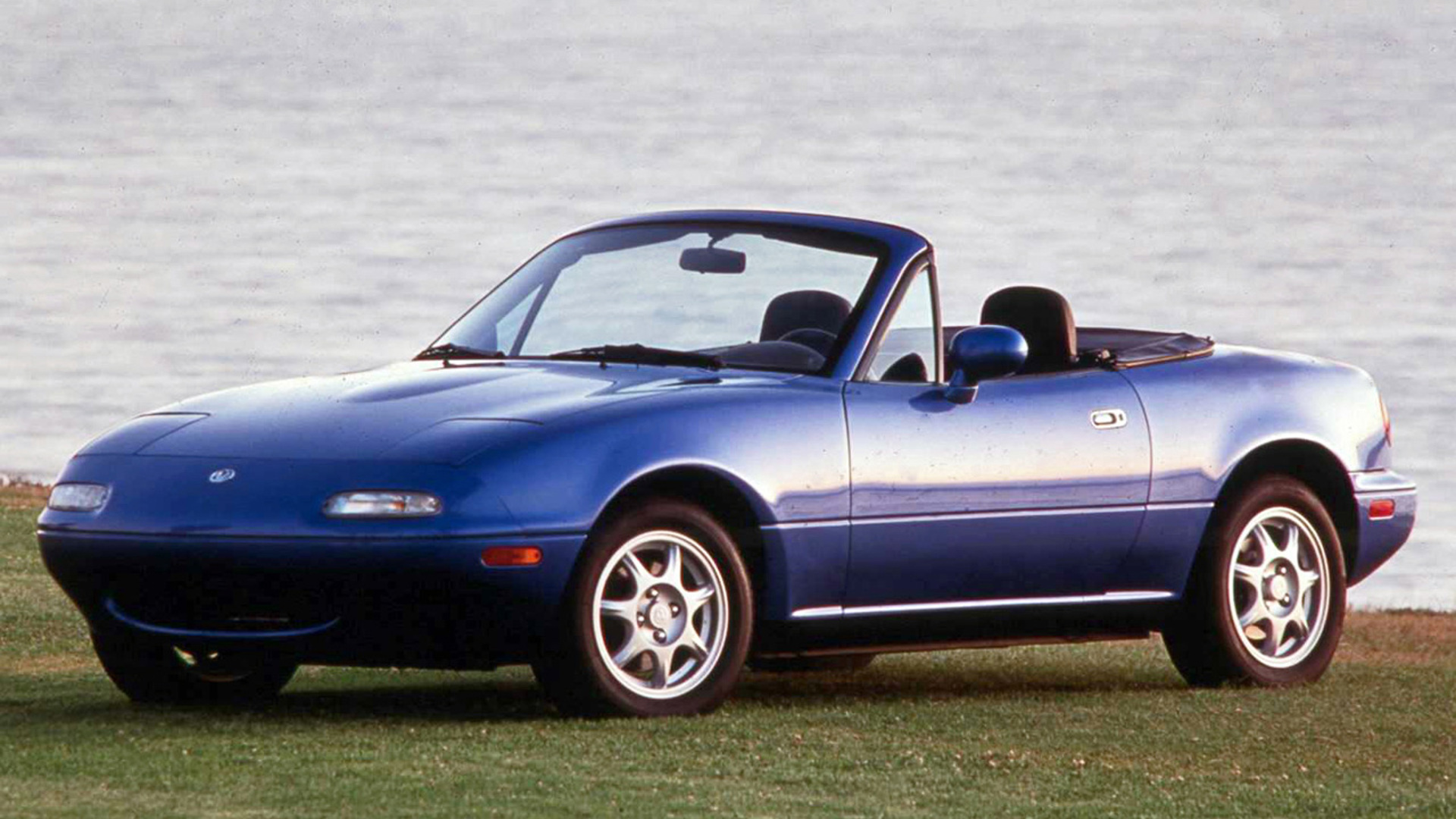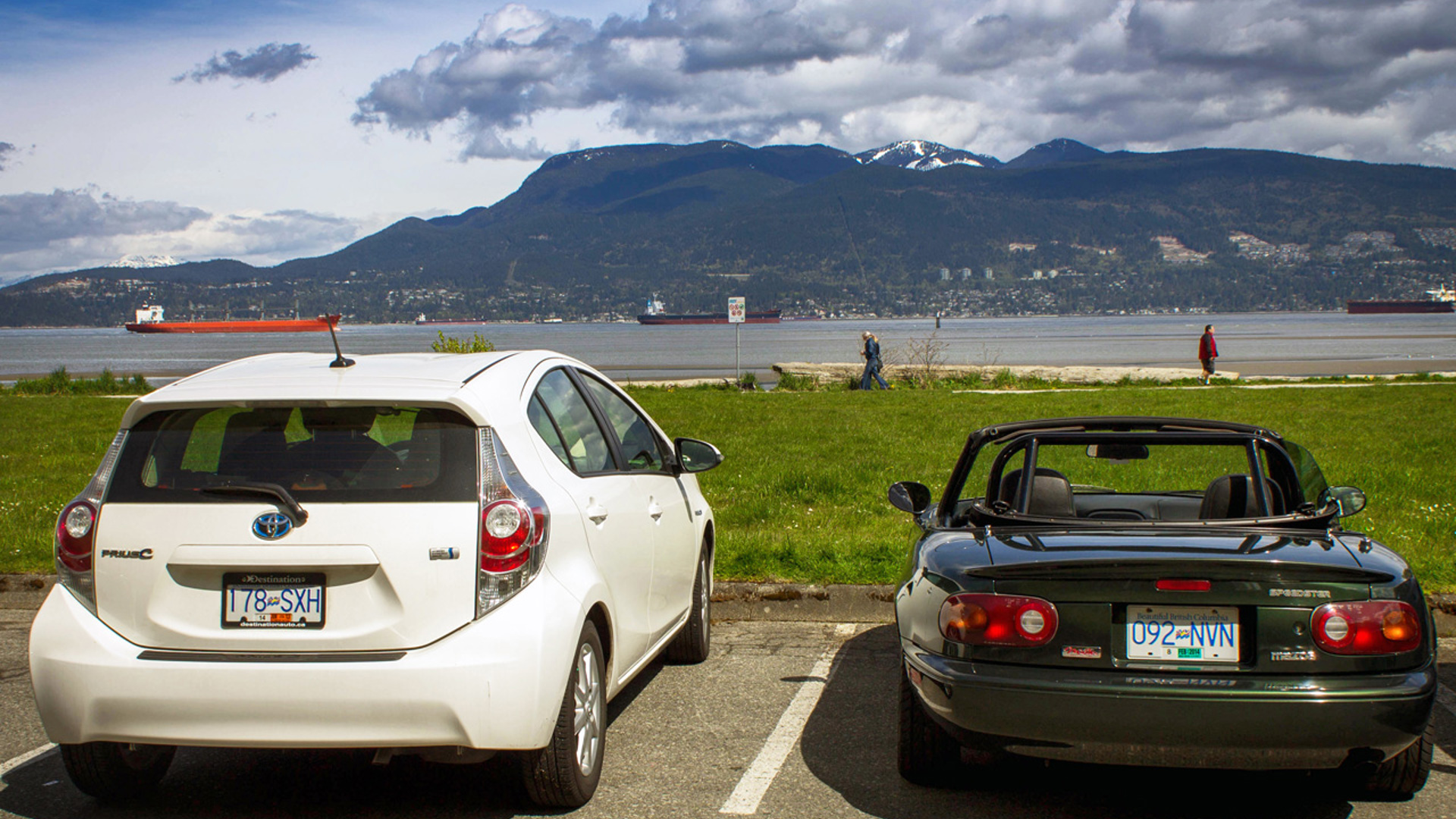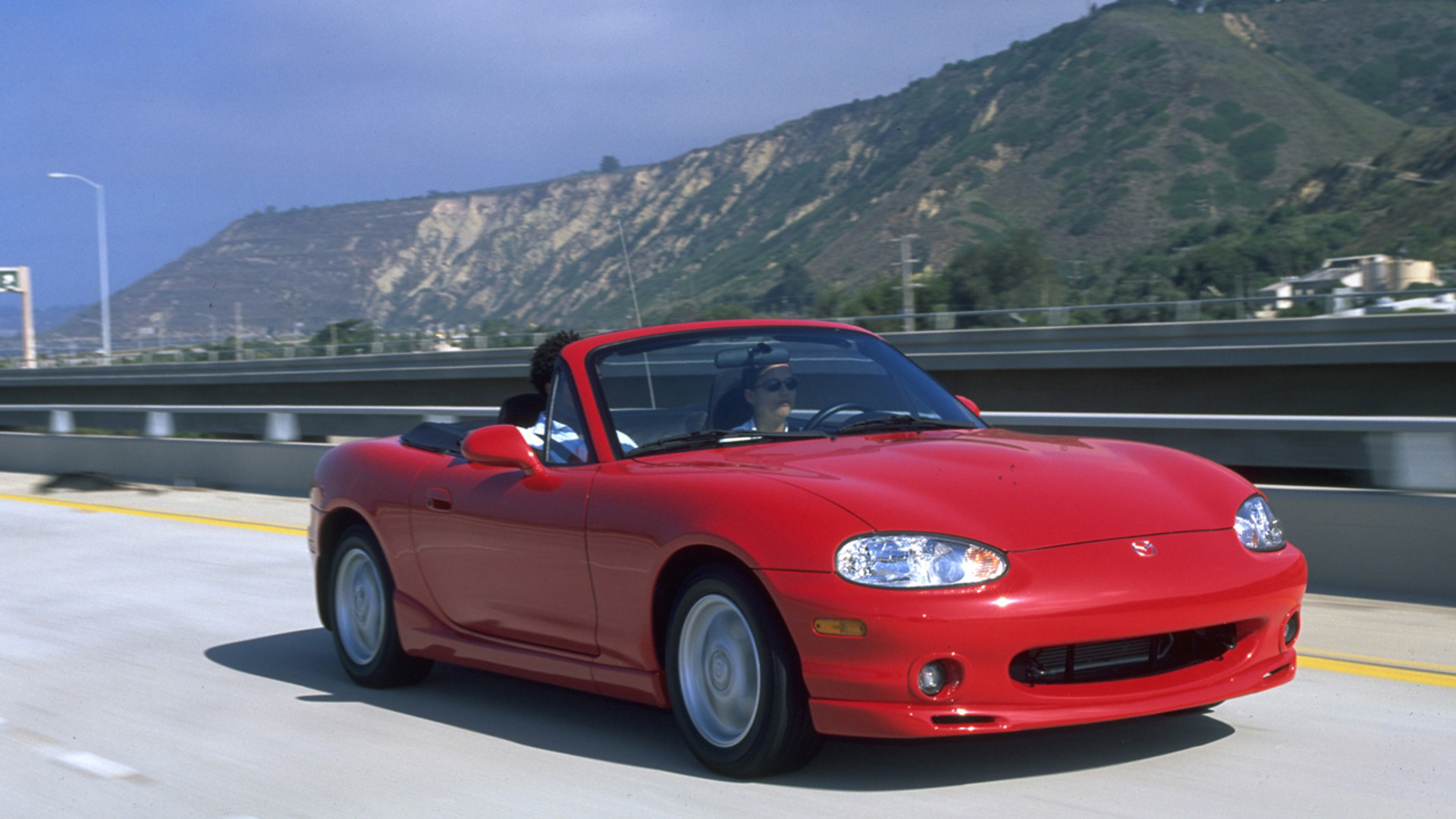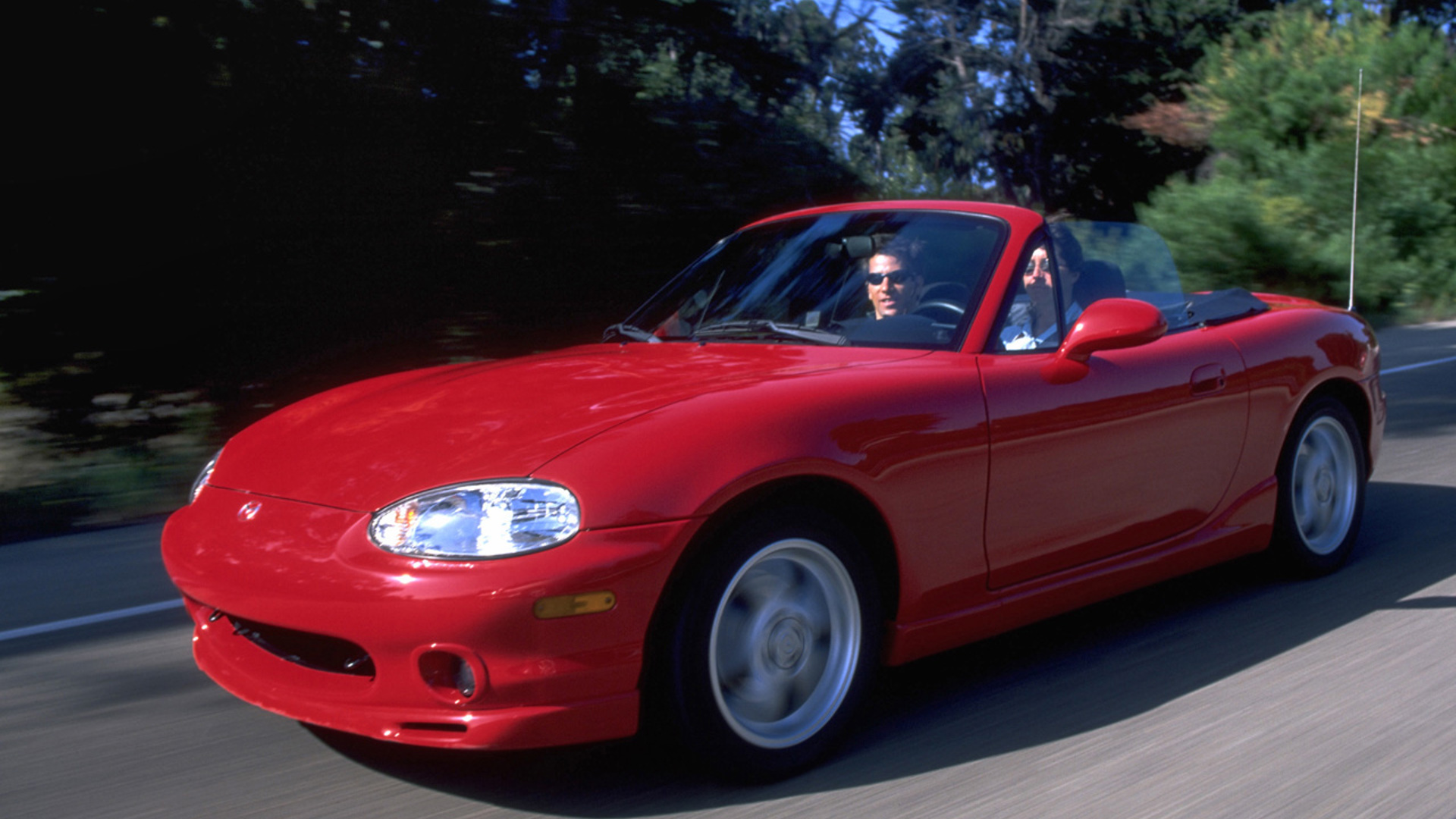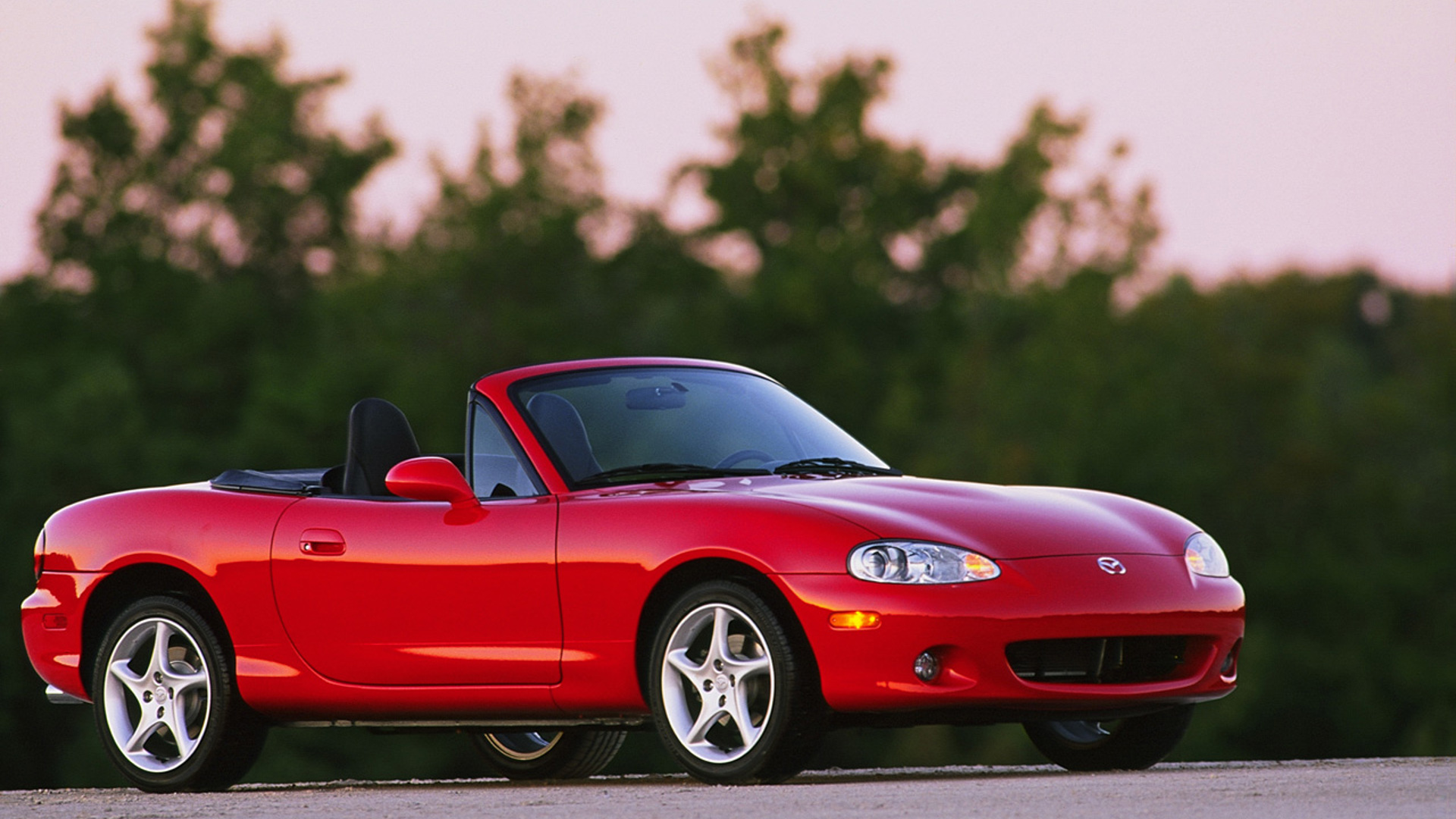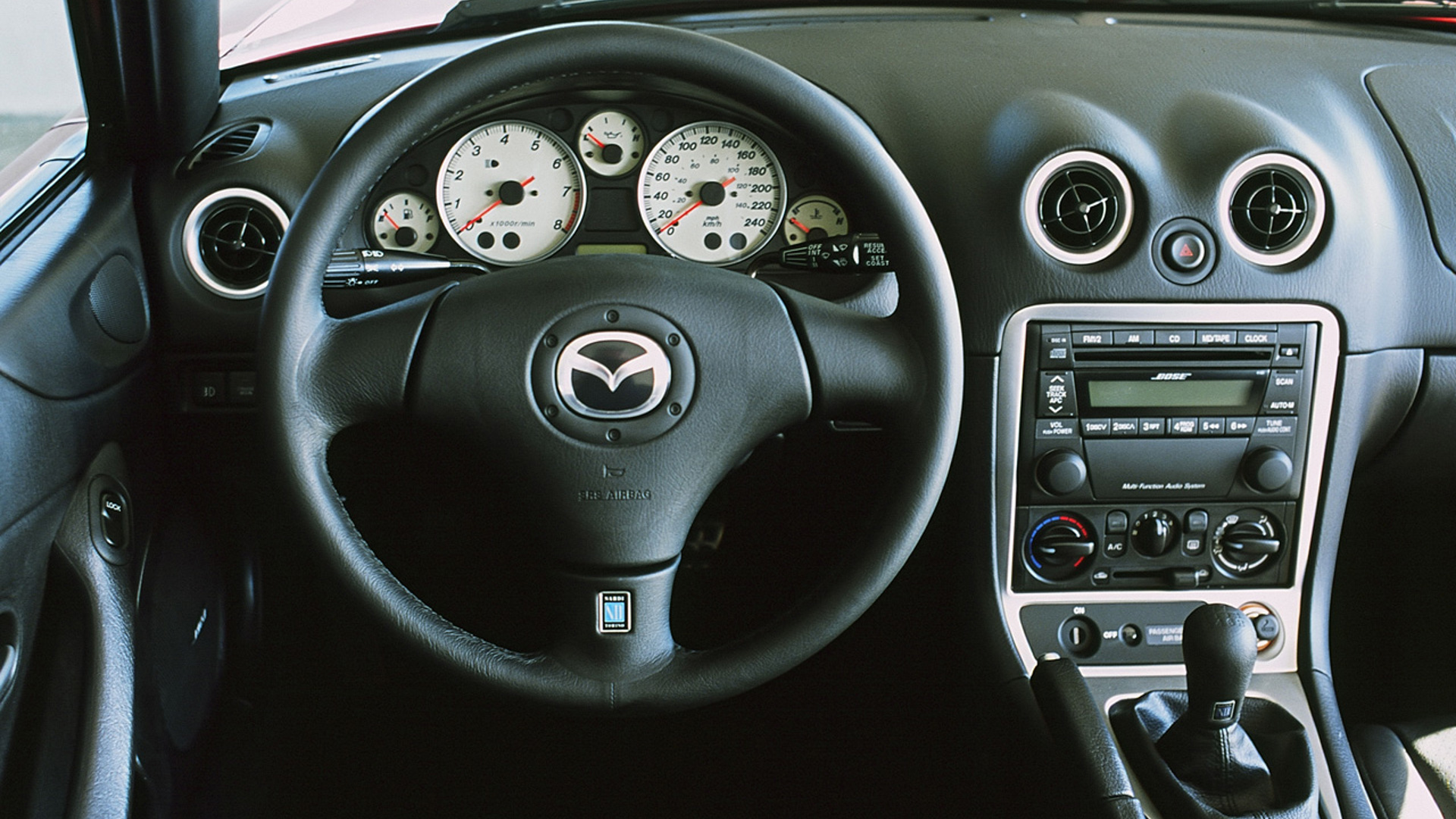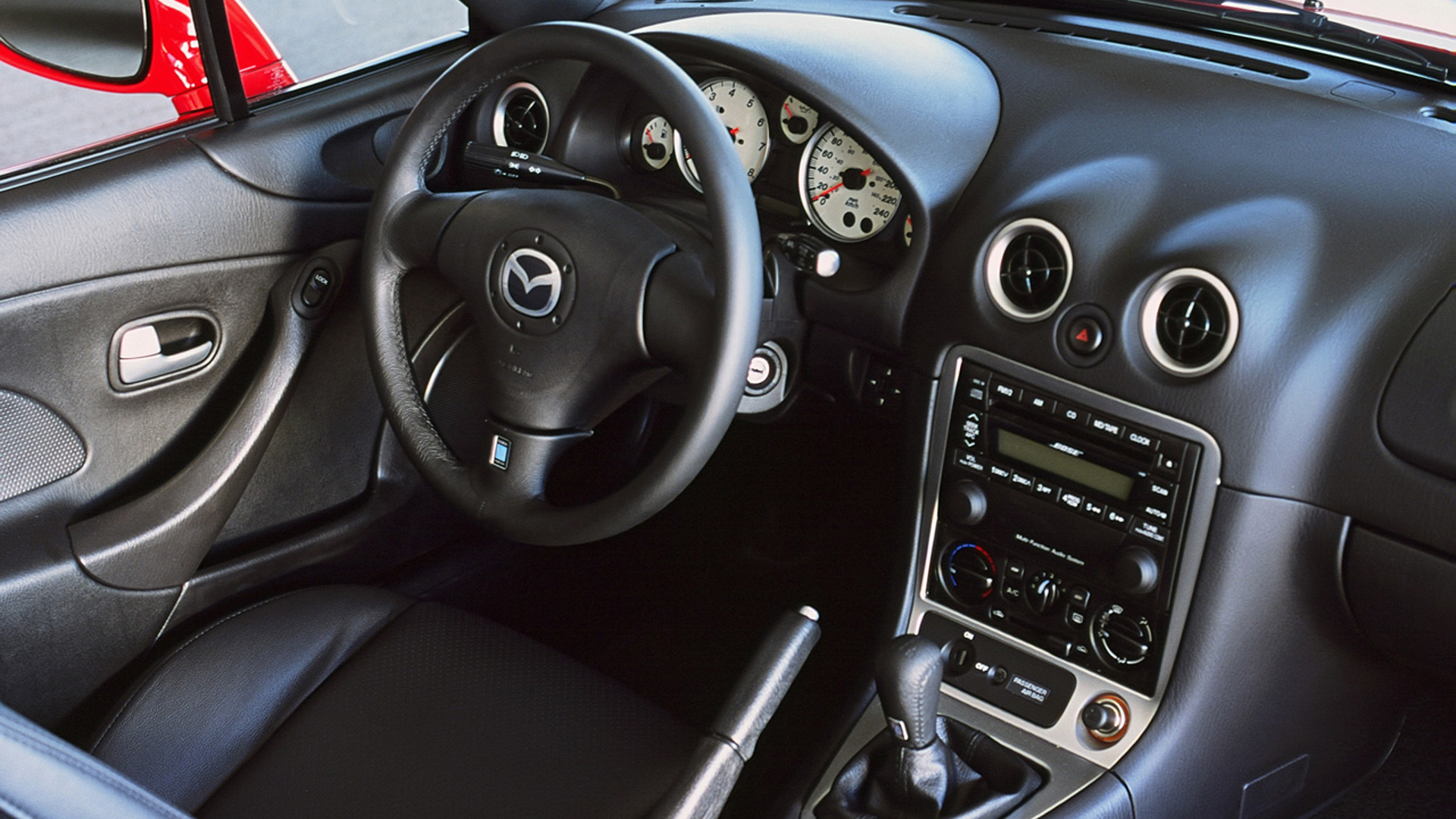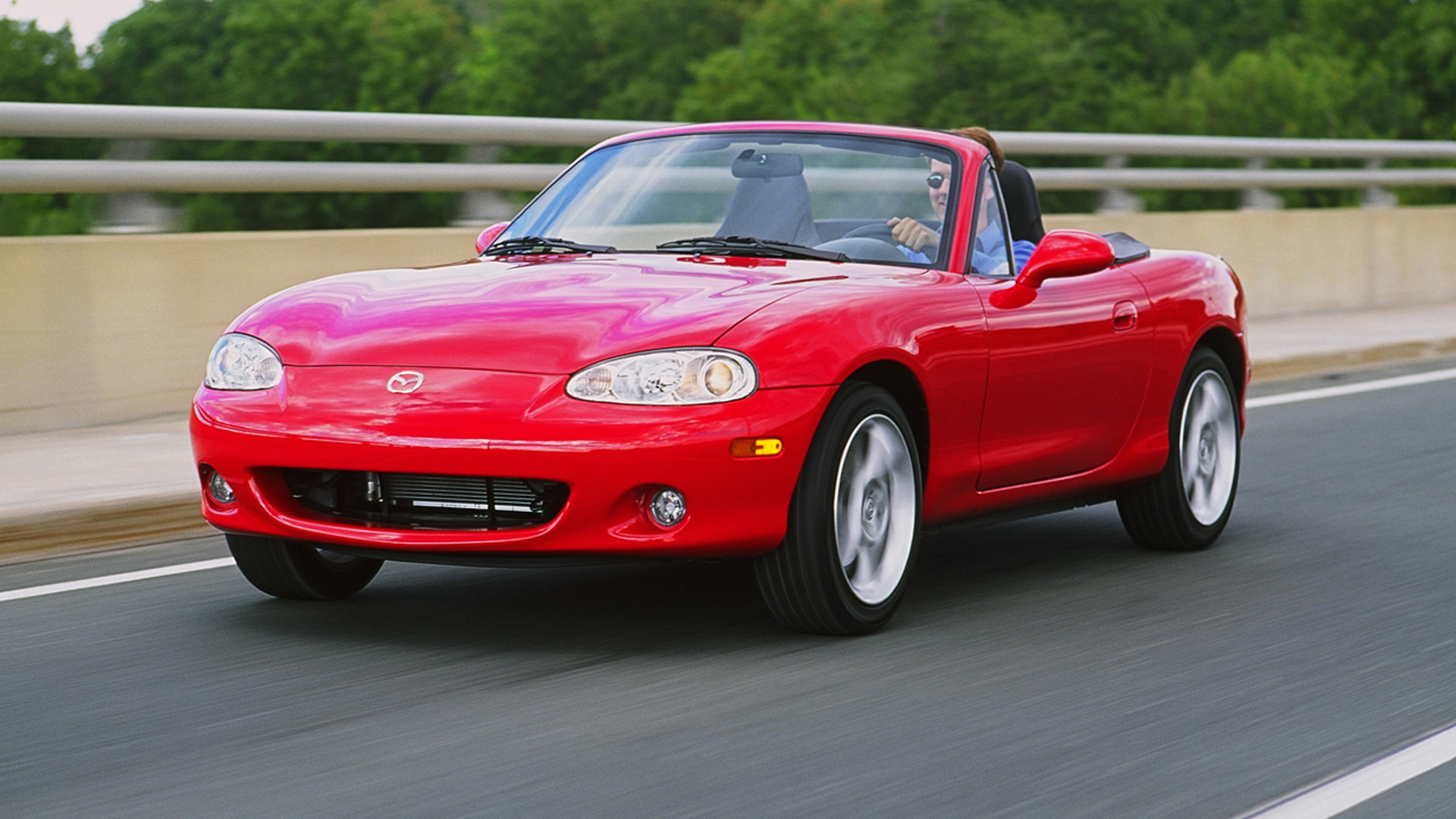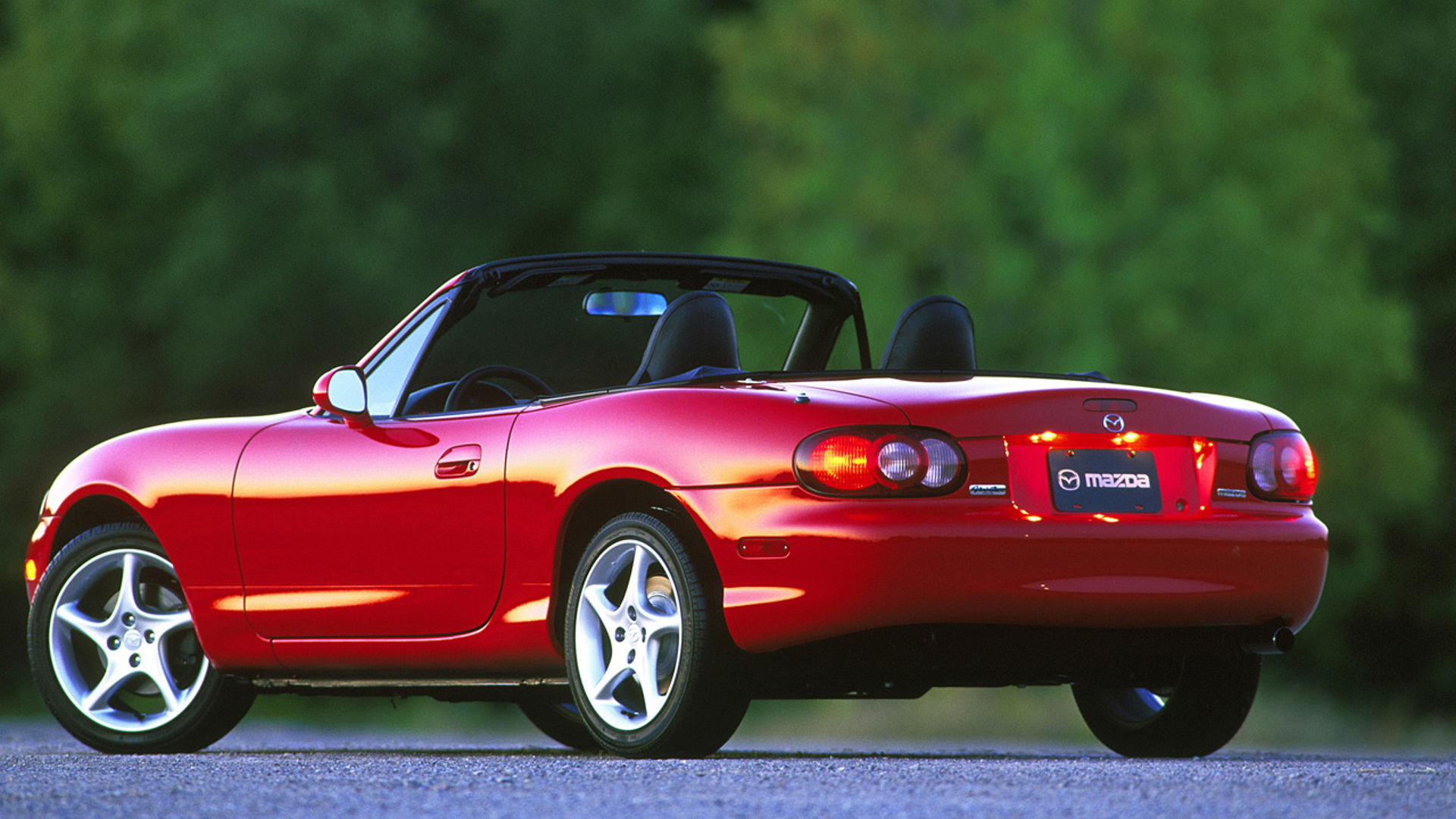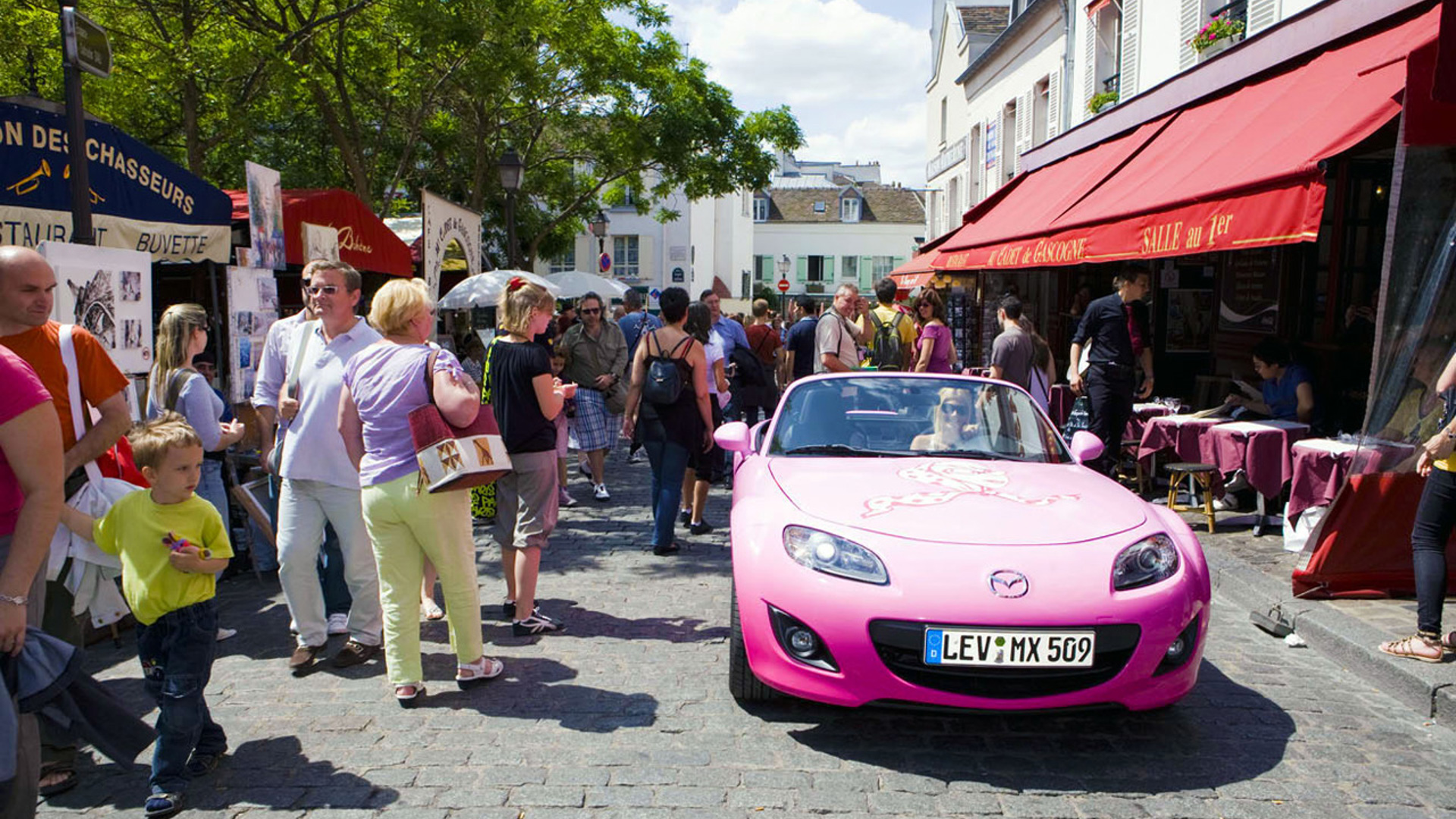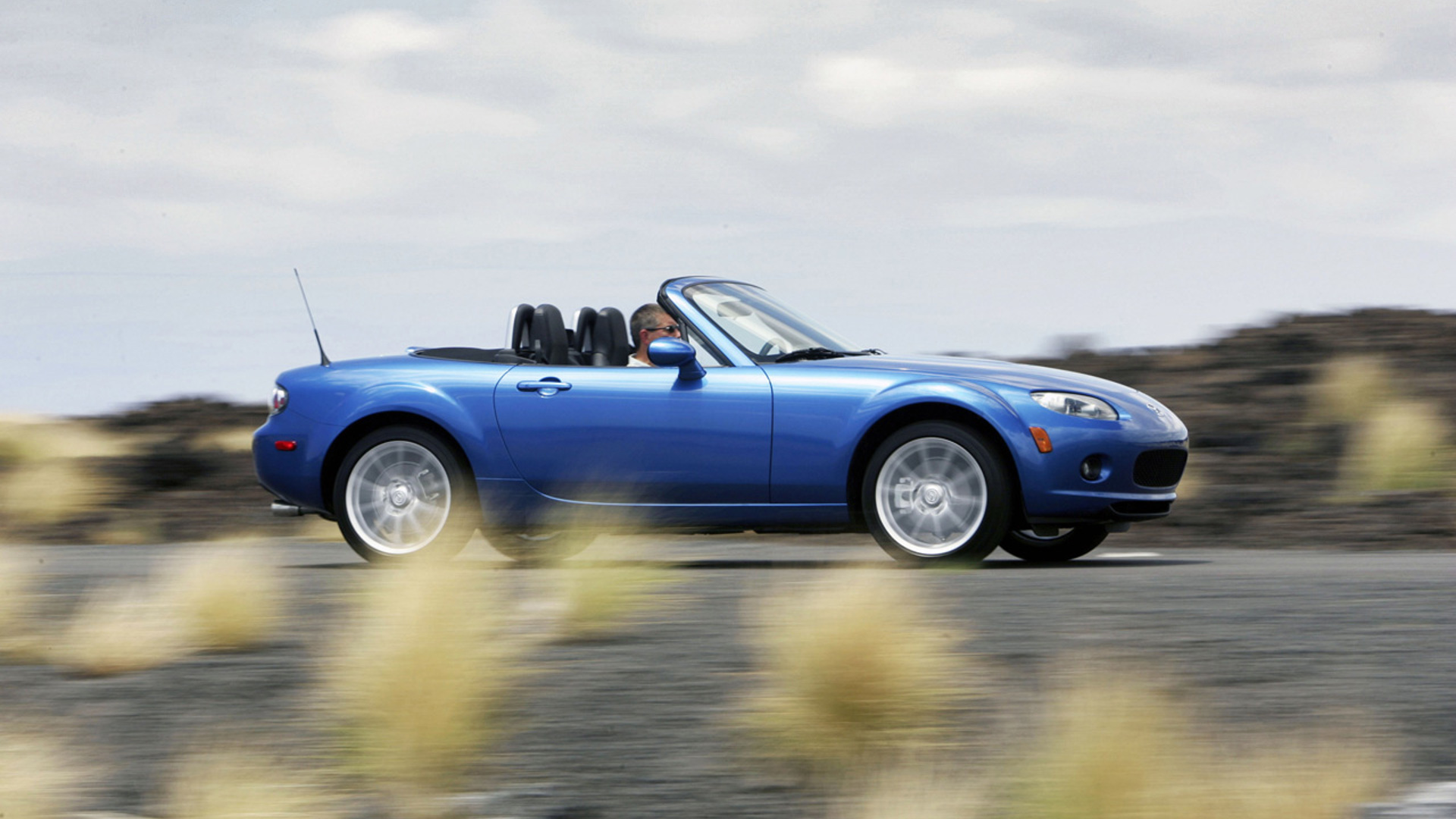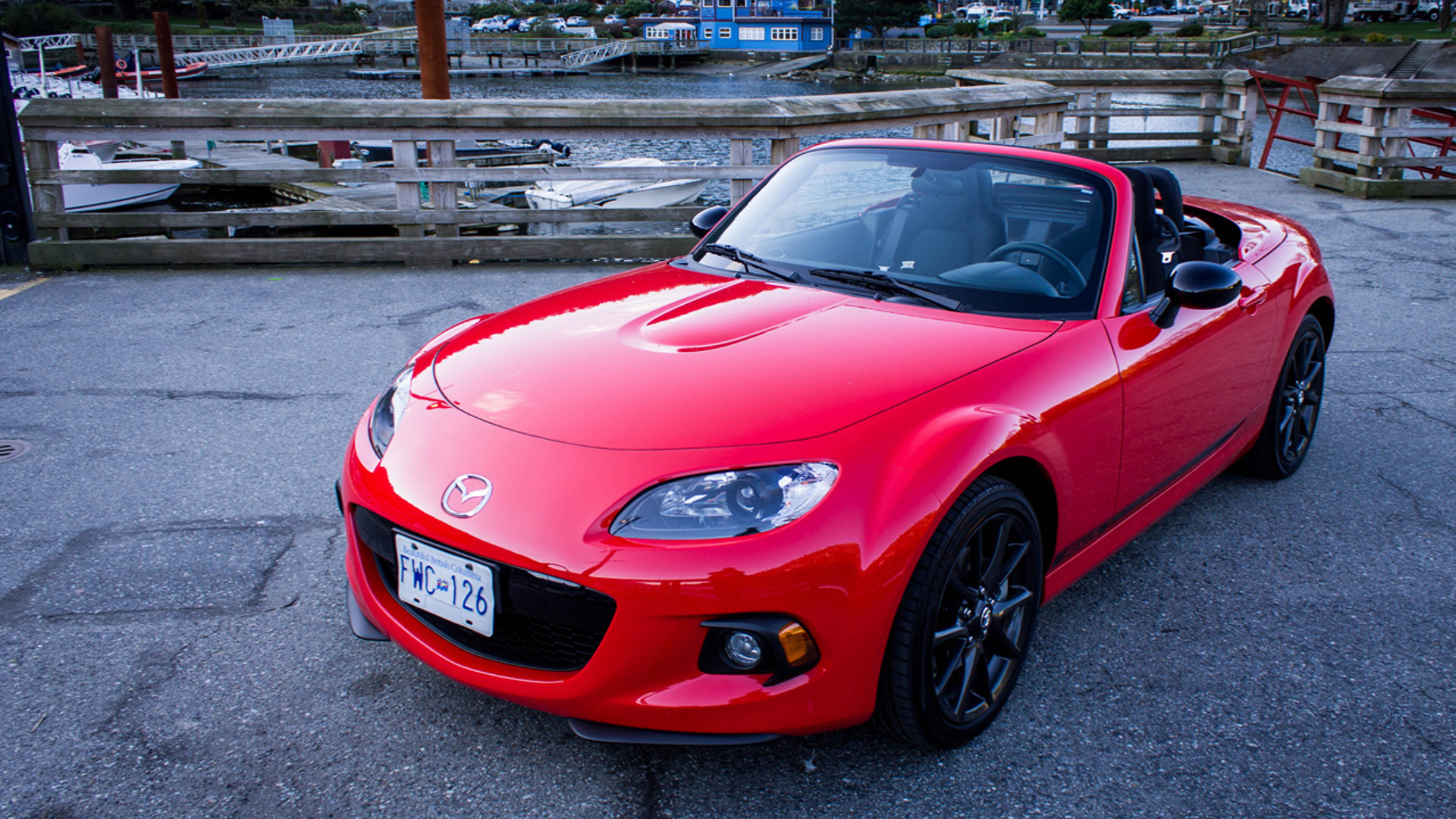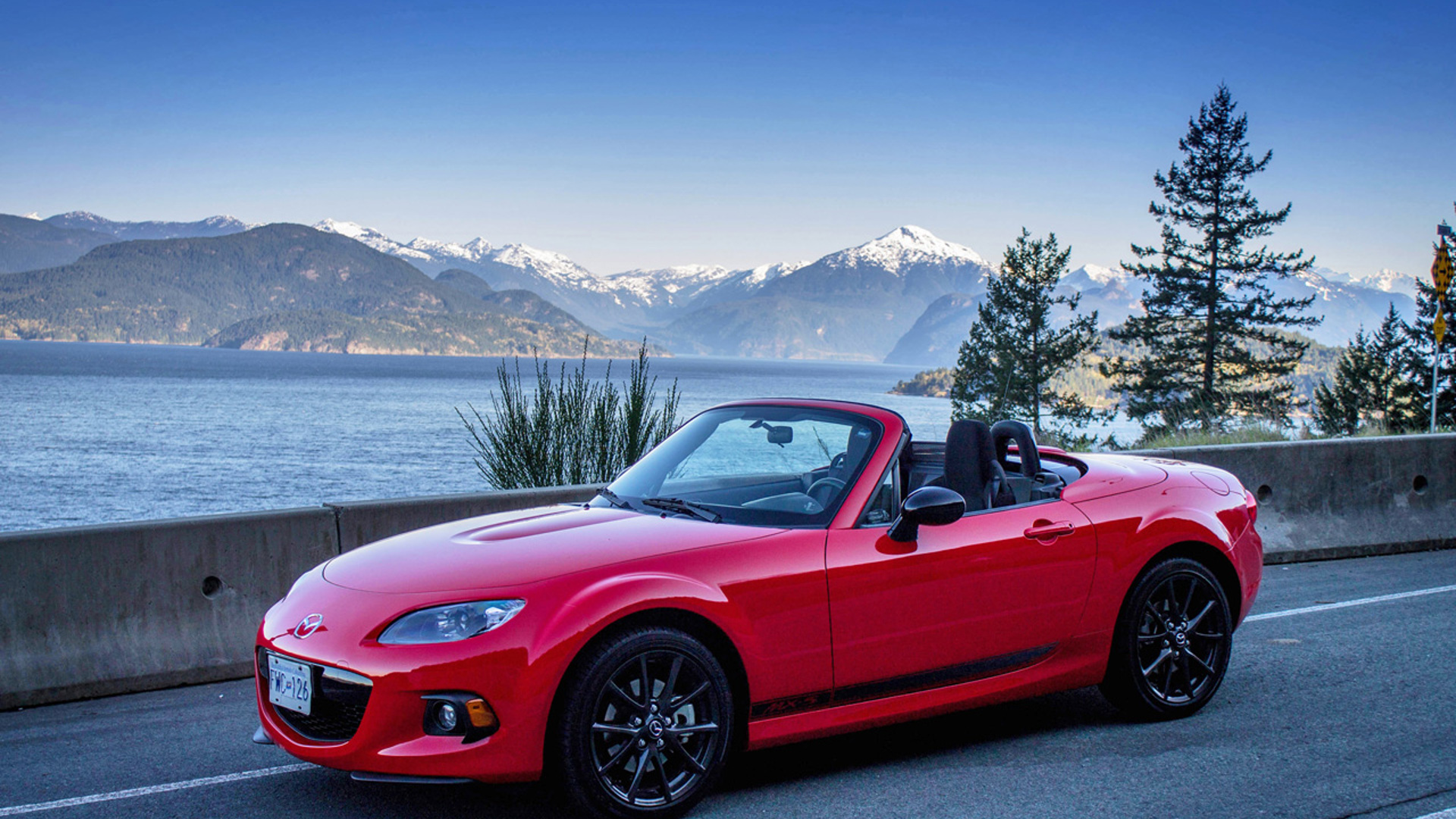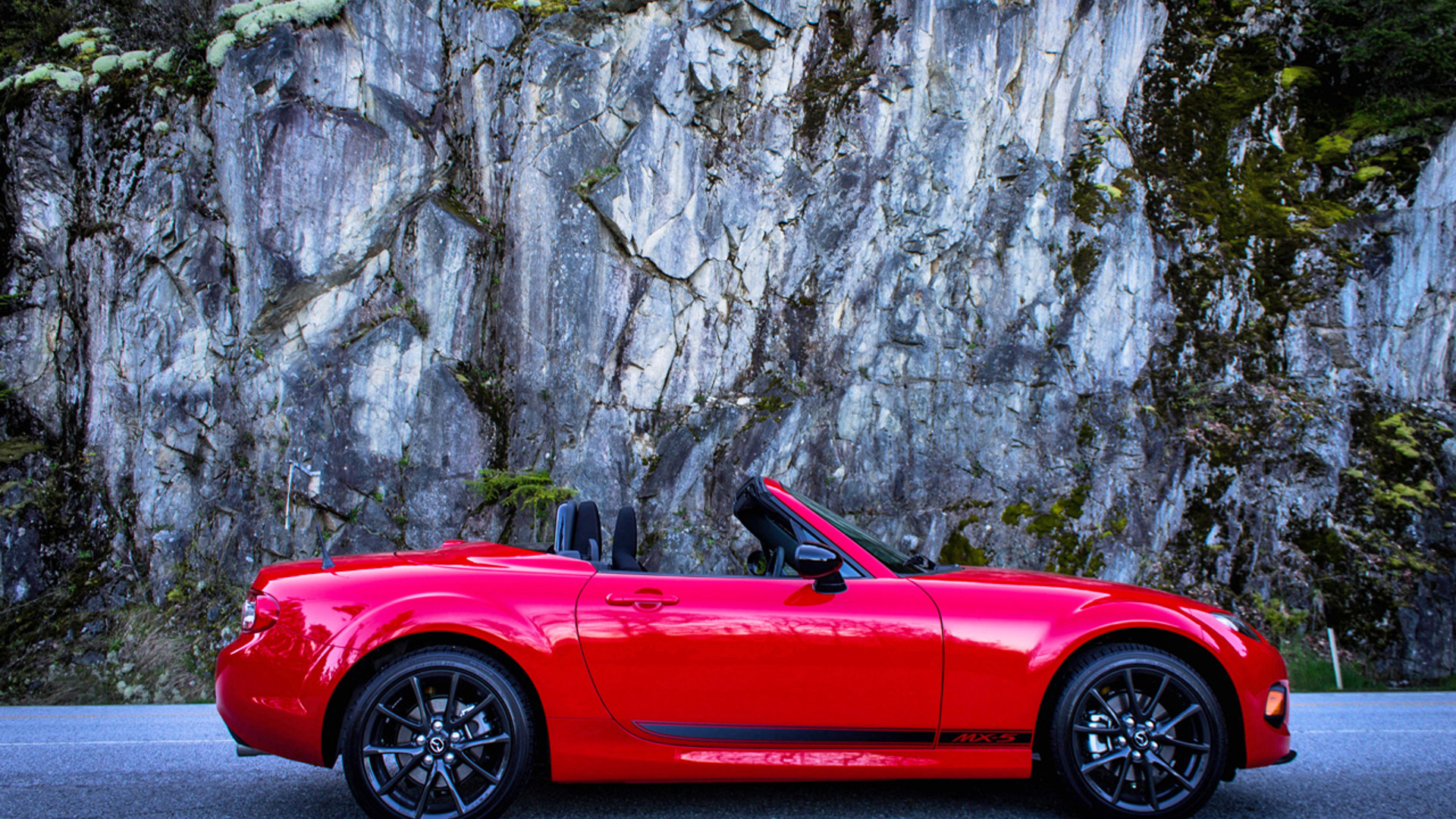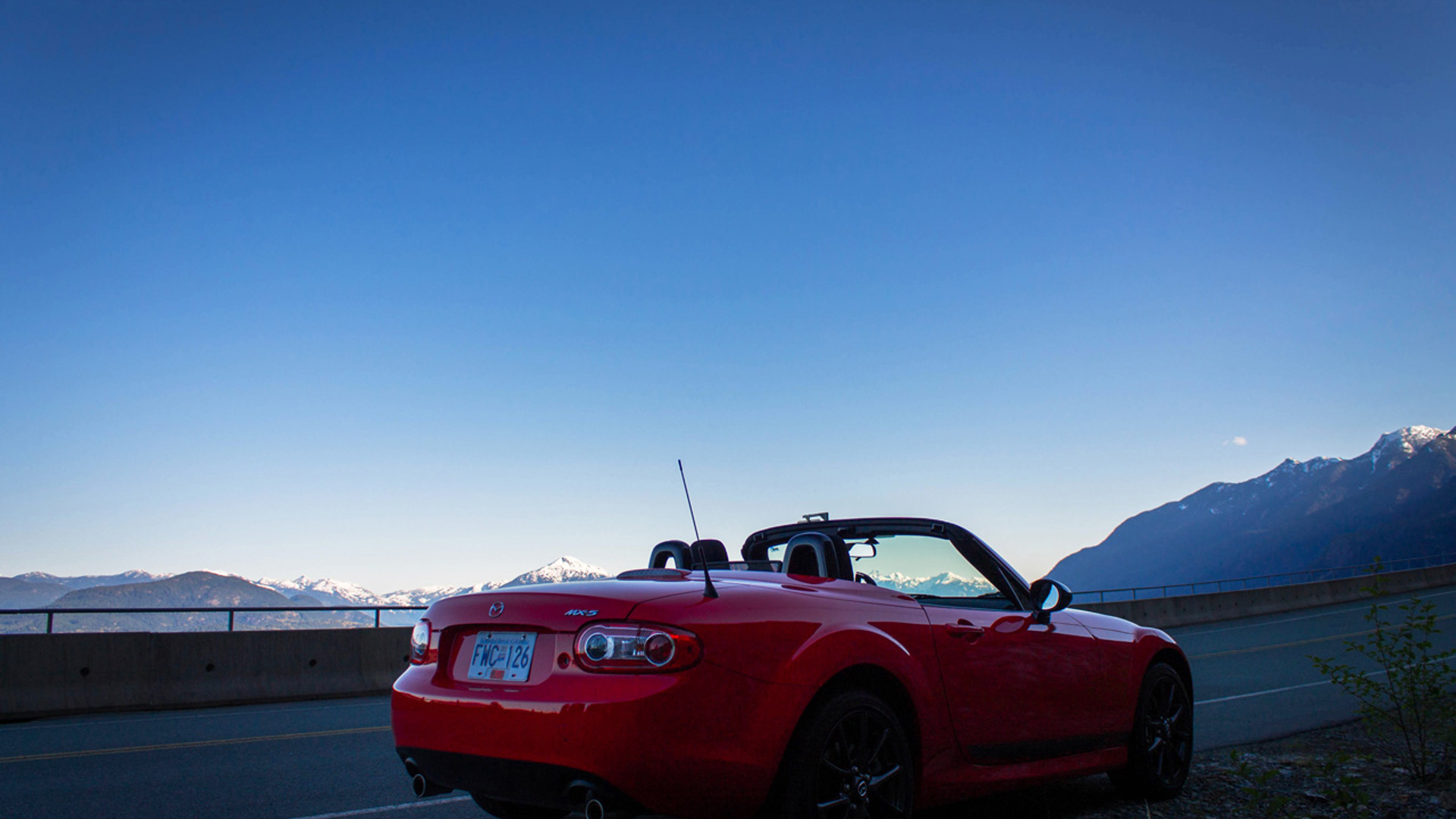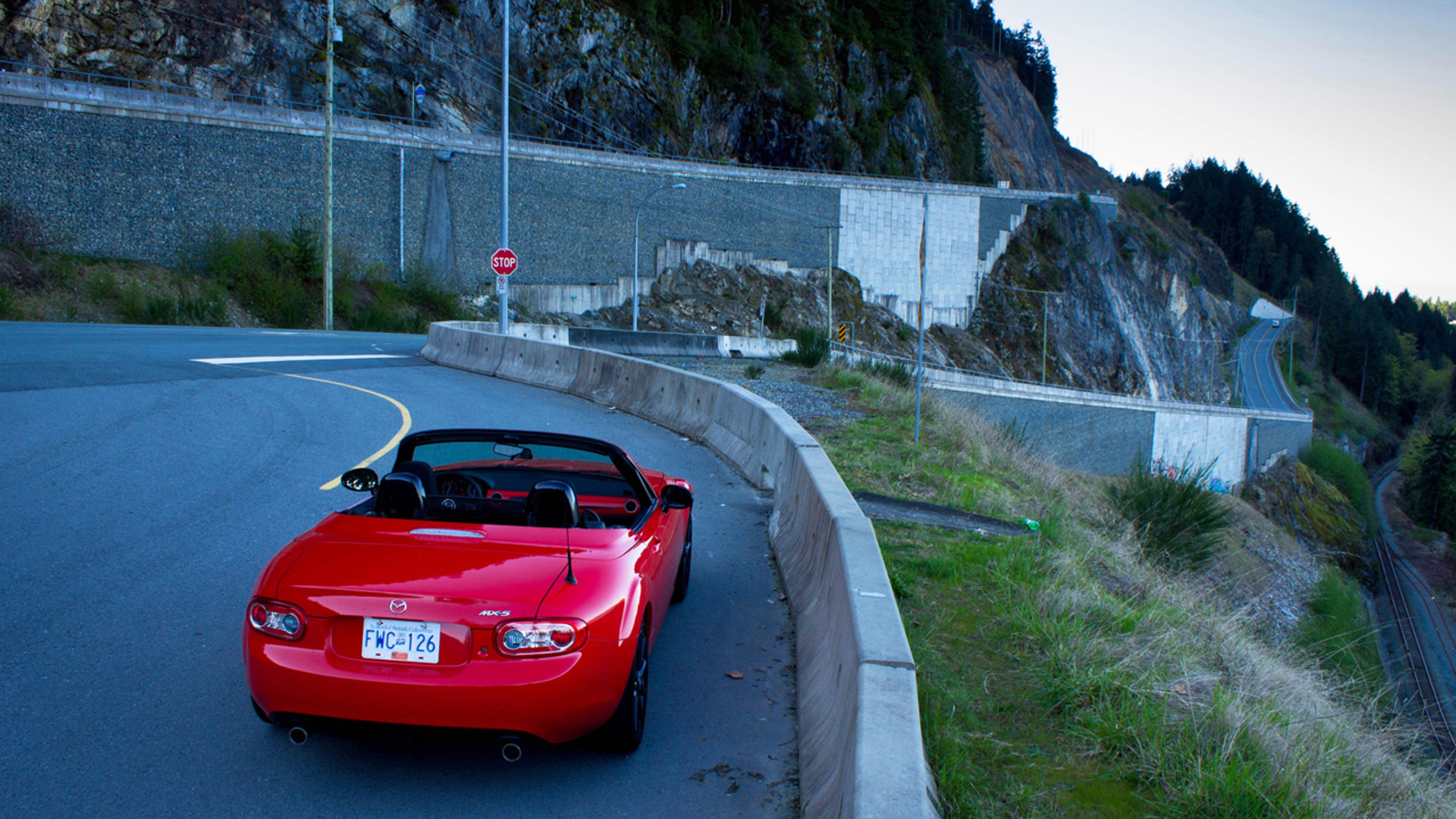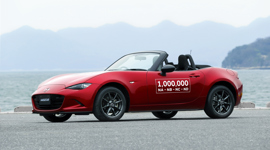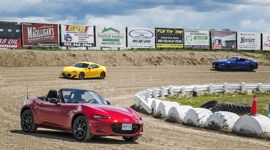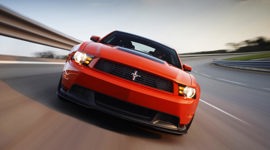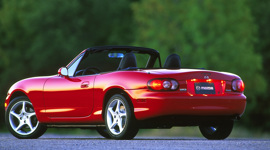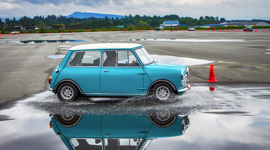Celebrating its twenty-fifth anniversary this year, the Mazda Miata (later dubbed the MX-5, but we all know better) is far and away the most popular and best-selling sportscar in the world. It's not that there aren't better choices for sheer speed (Corvette), or style (a classic Austin-Healey), it's just that the Miata is such a perfect little package of stellar driving dynamics, reliability, and low running costs.
They're small, they're cheap to run, and they slot in as the answer to pretty much any enthusiast's questions. What do I buy to build into a dedicated track rat? A Miata. What do I buy to start out autocrossing at a novice level? A Miata. What do I buy as a fun weekend car that isn't going to bankrupt me? A Miata. How can I have access to at-the-limit driving thrills without collecting a glovebox filled with speeding tickets? A Miata.
The question is: which one? Despite a common purpose, all three generations of Miata have their own flavour, never mind all the special editions and minor changes that occurred over the quarter century these cars have been on the road. You've got your hard-earned money in your fist, the sun is out and shining, and you're dreaming of that perfect twisting, shade-dappled backroad; here's a guide to getting yourself the right Miata for the job.
First Generation, the NA (1990-1997)
During development, the original prototype Miata was born in the heart of the UK with engineers sampling classic British roadsters like the MGB, the Lotus Elan, and the Triumph Spitfire. Fine-tuned on the canyon roads of California, what Mazda ended up with was a sort of pastiche of the Best of British: it sounded like an MGB, handled like a Lotus, and had a lightweight agility. Then they added the secret ingredient, which was to build it not to simultaneously explode, leak, and short out.
The very first Miatas are the simplest, and because of that simplicity, they last. Powered by a 1.6L four-cylinder, double overhead cam engine, they have 116 sprightly horsepower, and feature crisp steering and a great five-speed gearbox. Yes, it's possible to find a first generation car with an automatic transmission, but that's like putting spray-Cheez on a Soufflé.
The first thing to beware of, as with any Mazda from the late '80s and early '90s, is rust. While a properly weather-proofed and well cared-for Miata likely won't have issues, especially as most were summer-only cars, they've come down into the price range where use as a daily driver is common, and rot can show up. The inside of the trunk can hold places where water gathers, and if the battery has been replaced by a lead-acid unit instead of the dealer-recommended sealed battery, corrosion can be found. It's also a good idea to look for dents in the rear, as the trunk has an area on the left where the body skin is exposed to loose items. If an inattentive driver has tried to slam the tiny trunk on an exposed object, dents can show up in the trunk lid too.
Early Miatas came with a plastic zip-in rear window that's prone to cracking and opacity with age. There are a few polishing products that can bring back the sheen, but improper folding is something to watch out for. The tops are certainly more durable than the those of the British roadsters this little car apes, but should be carefully examined for wear as they aren't cheap. If the car comes with a lift-off fibreglass hardtop, that's a part usually worth an extra grand or so.
Mechanically speaking, there's not much to look for. A third party inspection will identify any of the usual old-car quirks, such as excessive leaking from the engine (walk away) or metallic flakes in the oil (run!). Really though, the average Miata is about as durable as the econobox 323 hatchback that sold at the same time. One caveat and potential Achilles' heel is the crank pulley wobble that can be found in early pre-'92 cars – it's not exactly common, but any mechanic familiar with the car should be able to catch this with a visual inspection.
Past 1994, Miatas came with a torquier 1.8L engine which made 128 hp, and later 133 hp by 1996. Arguments rage over which engine is best, but in a nutshell, the 1.6L mill revs a little sweeter in normally-aspirated trim, where the 1.8L engine is a great place to start building a supercharged or turbocharged monster.
Because they were such a basic car, Miata options are fairly light. Something an enthusiast might look for is the optional limited slip differential. Early cars come with a viscous limited-slip and later 1.8L cars have a Torsen unit. If the car you're looking at is pristine enough to fall in love with, but is missing an LSD, it's not a terribly complicated swap, and parts are readily available.
The one to get
Miatas were available in all sorts of special edition models, but the best in the Canadian market was probably the 1997 Speedster. Mazda sold just 150 of these 1.8L cars, all of which came with 15-inch Enkei alloys and a limited-slip Torsen differential. They were all painted a lovely dark green, and also had nice interior touches like a Nardi wooden shift knob. Hard to find, but as they're quite rare, it's sometimes possible to have them fitted with collectors plates for cheaper insurance.
Second Generation, the NB (1999-2005)
If the first Miata was a Lotus Elan through a photocopier, as I've heard it described, then the second generation car was more of a serious sportscar. Taking some of its lines from the vaunted third-generation RX-7, this new Miata was a little heavier, but far better equipped and capable of greater speed.
Stock horsepower from the 1.8L engine was now up to 140 hp thanks to a bumped compression ratio and new variable intake control, and the Miata now had a stiffer chassis and slightly updated suspension geometry. Having said that, the debate between which generation is better is something that's been raging in internet forums for decades, and probably will continue until either driving is banned or the world runs out of fuel.
Simply because the NB is newer, it's easier to find one in good condition, and there are fewer quirks to look out for. Like the earlier cars, rust can be an issue, especially if drainage channels get blocked with debris. Owners have also noticed a tendency for '99-'00 cars to go through coilpacks, and there were a very few cars with clutch problems relating to the thrust bearing – most of these have had the issue dealt with.
Because it lacks the cheeky pop-up-headlight charm and obsession with light weight of the first generation Miatas, the NB can sometimes be overlooked. This is a great shame, as it stays true to Mazda's original intent, without too much softening of the drive.
A five-speed manual was standard on all cars, with a six-speed shifter coming on special anniversary models in 1999, and standard on cars after that. A slight facelift occurred in 2001, and with new 16-inch alloys and grippier tires available, the Miata was capable of pulling 9/10ths of a g on the skidpad – genuine performance to match its deft feel.
The one to get
Difficult to find, and strongly holding their value, the Mazdaspeed Miata remains the only factory production turbocharged Miata ever built. At the time, it was actually cheaper than fully-loaded luxury models, but came with a host of performance parts, from lightweight Racing Hart 17-inch alloys to a beefed up driveline and a low-pressure turbocharger. Horsepower was a healthy 180 hp, but the car was, as usual, about the total feel. They were sold only in 2004 and 2005, with all Canadian cars being first red, then grey, respectively.
Third Generation, the NC (2006-2015)
According to some Miata purists, Mazda's two seat roadster had become a better car with each successive generation, but a worse Miata. To them, the improved polish, grip, and refinement of the third generation car are anathema to the raw, skittery nature of the featherlight original. That's a matter of opinion, fact is, the third generation MX-5 is still a great drive.
Riding on an all-new chassis, the third generation Miata arrived with 167 hp from a new 2.0L engine that loves to rev. Base models still came with a five-speed gearbox, but most other cars got a six-speed manual that puts most other manufacturer's attempts to shame. It's great, as is the steering, which is sharp, lively, and accurate.
There's a six-speed automatic if you must, and top-spec models were available with a power folding hardtop. While any addition of weight is regrettable in a car that owes so much of its joy to an overall chuckability, it's worth noting that the MX-5's power-retracting shell only adds 36 kg to the total curb weight. Compare this to something like VW's Eos, with its complicated nightmare of a waiting service bill, and huge extra mass.
Problems are few and far between, and sporadic. While there have been several facelifts over the NC's nine-year production run, none of the years seem to be particularly better than the others. Owners report intermittent issues with trim breaking or other niggling issues, but there seem to be no consistent faults, apart from a tendency to develop interior rattles as the car ages.
Cross shopping the NC against something like the Scion FR-S or Subaru BRZ highlights some practicality issues with Mazda's little droptop. That trunk is very small, and there are some problems with cramped switch placement. Additionally, the Miata is very low geared, so cruising in top gear at highway speeds nets some pretty thirsty fuel-economy for a four-cylinder engine, particularly as premium is required.
Even so, it's more substantial in a potential automobile accident than the previous generations, and plenty of fun. As with the NA and the NB, there's a huge aftermarket of performance parts to tweak handling and/or add power, and it once again is just at home on the racetrack as it is on an empty back road.
The one to get
Released last year as the mid-range trim, the 2013 MX-5 GS is one of the better ways to buy a NC Miata. Equipped with the 2.0L four-cylinder and six-speed transmission, it comes with a gloss-black power hardtop and gunmetal 17-inch alloys, as well as a whole host of other little cosmetic add-ons. Yes, you could get a lighter one, but the GS looks great, and drives just as well as any other factory NC.
Don't forget to check out the story and photos about the annual Mazda Adventure Rally.
